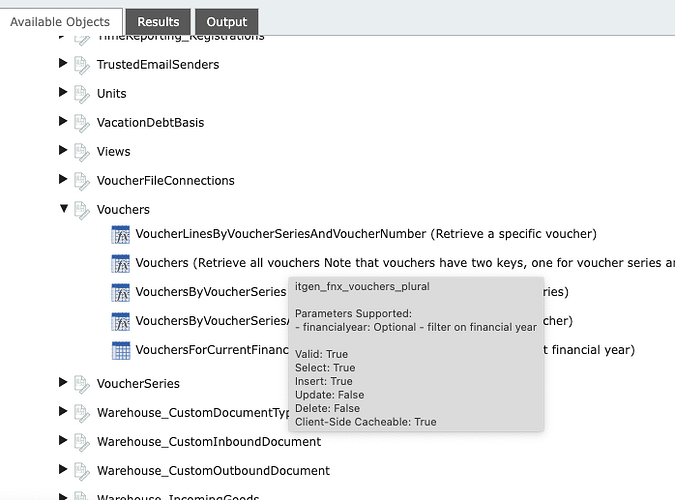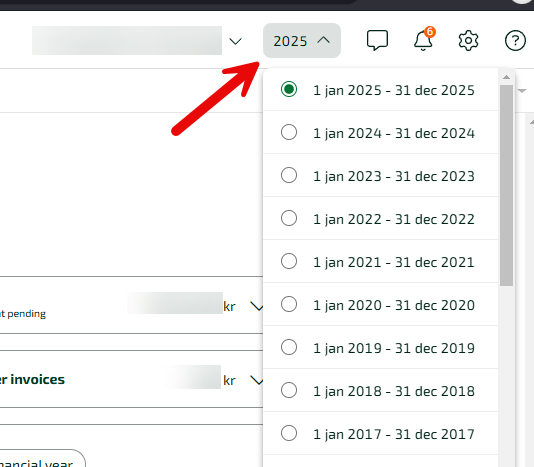We have vouchers in 2025.
They can be found (as shown in Missing Fortnox-table for VoucherRows of a voucher) using the query:
select vse.code
, fyr.FromDate
, vle.VoucherNumber
, vcr.Voucher_ReferenceNumber
, vcr.Voucher_ReferenceType
, vcr.Voucher_TransactionDate
, vle.Account
, vle.Credit
, vle.Debit
, vle.Description
from VoucherSeries vse
join Range@DataDictionary(10, 1) rge
join FinancialYearsByDate fyr
on fyr.FromDate = trunc(sysdateutc, -2)
join VouchersByVoucherSeriesAndVoucherNumber(vse.code, rge.value, fyr.id) vcr
join VoucherLinesByVoucherSeriesAndVoucherNumber(vse.code, rge.value, fyr.id) vle
where vse.code like 'B%'
However, this generates an enormous amount of API calls. An alternative would seem to use:
select *
from Vouchers
where year(transactiondate) != 2024
But there are absolutely no rows in Vouchers not within the previous year.
How can I retrieve the financial vouchers of 2025 in a fast way?

